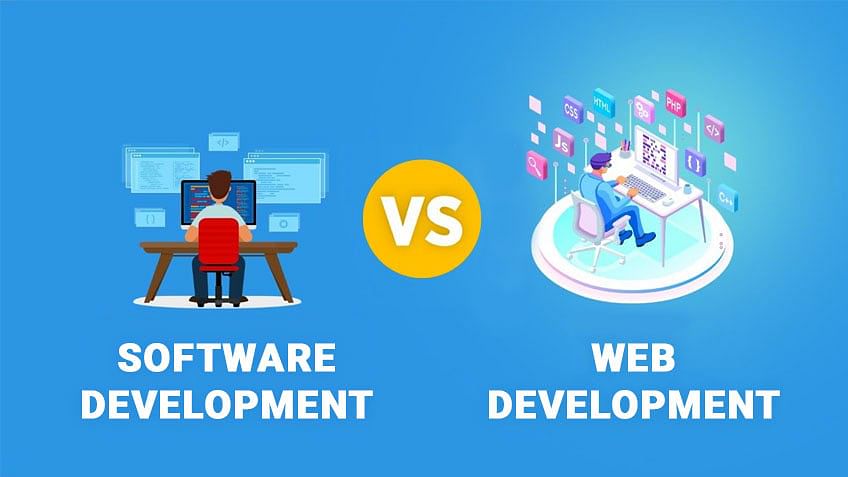Website localization is a process through which you can adapt your website for a particular local or specific audience. The segmentation can be made broadly based on the language, cultural values, and other aspects of the audience. Website localization may be as crucial for online businesses as adapting and improving the looks of the “brick and mortar” stores and shops to appeal to the audience in the specific market.
The website crafted for the particular region should also convey cultural beliefs and sensitivities and have proper cultural references. It may involve technical, language, and other aspects. For instance, the codes used on websites should have the alphabets that can support payment processing in a particular region and country. Attention to detail may also be required in other areas, including affiliate services. Localization should be in terms of the language and many other aspects of the website. It is more than converting words from one language to another. And to make everything efficient, businesses prefer to deal with website localization services.
The Need for Website Localization
Website localization can be pretty crucial for the website’s popularity and success. International users and people from other regions are likely to ignore your website and switch to the competitor’s website if it does not carry content in their native language. People will be able to interact with your website better and get more information if it is in their native language, along with having all the other inputs to make the website popular in a particular region.
Things to Consider Before Website Localization
Before you start with the localization of your website, you need to consider aspects including regulatory complaints, a platform of choice, marketing channels, and local competition, among others. For instance, not all platforms are suitable for all regions and countries worldwide. Your localized website should also be fulfilling the local regulations. It would be best if you tried to know more about your competitors and what makes their online presence successful. Also, conduct market research to get more insights into the new market and the target audience.
Localization Strategy
You may want to create localized versions for one or many markets of your website based on the outcomes of the market research. You need to:
- Understand the countries and markets that you now want to target and their cultures and purchasing behavior.
- Determine the best ways of translating your brand into the local languages in aspects including voice, tone, font, color schemes, visuals, and others.
- Create your team or hire a localization service to implement the localization and set the key performance indicators (KPIs) for SEO ranking, incremental sales, and other aspects and factors.
Foresight Your International Websites
You have to internationalize your website and web pages to be localized and adapted to the different market conditions and cultures. Some business organizations first design their websites and web pages in a single language and care for translations later. However, it is the costliest course of action. It would help if you tried to accommodate your website for localization, internationalization, expansions, and contractions from the very start itself. For instance, translation to a language like German may result in the growth of text by up to 35%.
Options for Translation of the Web Pages
Once the designs and codes have been decided, the next step in localization is translating the web pages to the given language. It would help if you had aforethought about the choices you will make in this regard based on the availability of time, quality, and costs, among other aspects. Website translation is only a part of the entire website localization process. Web pages can be translated using the “machine translation” method and the “human translation” method.
Machine translation: machine translation combines the rules and algorithms for automatically translating the existing website’s existing language to another and desired language. No human intervention is required here, as the entire process is accomplished by using the software.
Human translation: the native speakers of a particular language can also translate the website’s content to the desired language. Professional language translation services are available for this purpose. They will help save you time searching for good translators for the languages needed.
Important Technical and Engineering Aspects of Localization
With the evolution and improvements in website design, fundamental engineering and coding changes are no longer required when you are localizing your website. The new codes can be quickly injected into the existing websites. These codes can automatically detect the location, domain system, preferences, and other settings. Some of the critical aspects of website internationalization include:
- Extraction of the UI content.
- Running a quality check for functionalities and linguistics.
- Project management and choosing the exemplary service and partner if the localization job is highly complex and involves significant content.
- Expertise in the engineering aspects of localization wherever needed.
- Validation of the source with the help of human oversight or automation.
- Testing and quality assurance ensures that the localized websites fulfill user and customer preferences.
- Linguistic quality assurance for checking aspects including natural/accurate phrasing, language suitability, and domain-oriented terminology.
Measuring the Success of the Localization Process
Iteration and testing are essential to know how successful you are in localizing your websites. The website must be checked for market friendliness, usability, and typographical and linguistic errors. There are software and tools available for it. However, the success of the localization process can be judged by using KPIs. These metrics include:
- Market share.
- SEO keywords.
- The incremental sales that the website achieved in the new locations.
- Comparison between the cost of translation and the increase in revenues generated.
- Convert conversion rates and the growth therein.
- Social networking websites and media engagement.
Conclusion
You should set your website on the path of localization early on so that the cost of the process minimizes while its benefits increase manifold. Leading website localization services have the right resources, skills, technology, and expertise to help you prepare and undergo the internationalization process online for the best results.

 The Beauty and Benefits of Lab Created Diamond Earrings
The Beauty and Benefits of Lab Created Diamond Earrings  The Beauty and Meaning Behind the Toi et Moi Ring Diamonds
The Beauty and Meaning Behind the Toi et Moi Ring Diamonds  The Impact of Blood Diamonds: Understanding the Global Issue
The Impact of Blood Diamonds: Understanding the Global Issue  Novita Lab Diamonds: Redefining Luxury with Ethical, Sustainable, and Affordable Diamonds
Novita Lab Diamonds: Redefining Luxury with Ethical, Sustainable, and Affordable Diamonds  IGI vs GIA: Understanding the Difference in Diamond Grading
IGI vs GIA: Understanding the Difference in Diamond Grading  Lab Diamonds in Kuala Lumpur: A Growing Trend in the Jewelry Industry
Lab Diamonds in Kuala Lumpur: A Growing Trend in the Jewelry Industry  Platinum vs Gold Lab Grown Diamond Rings: Which is Right for You?
Platinum vs Gold Lab Grown Diamond Rings: Which is Right for You?  The Rise Made Diamonds in Barcelona: A Sustainable Luxury Revolution
The Rise Made Diamonds in Barcelona: A Sustainable Luxury Revolution  Novita Secret Platinum Formula: Unlocking the Secret to Radiant Skin
Novita Secret Platinum Formula: Unlocking the Secret to Radiant Skin 









